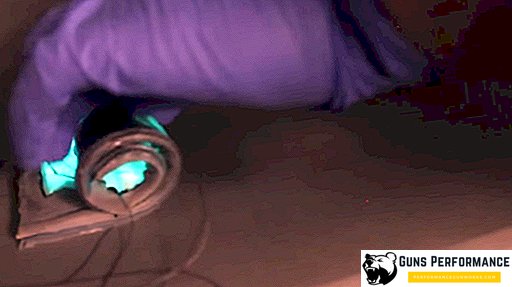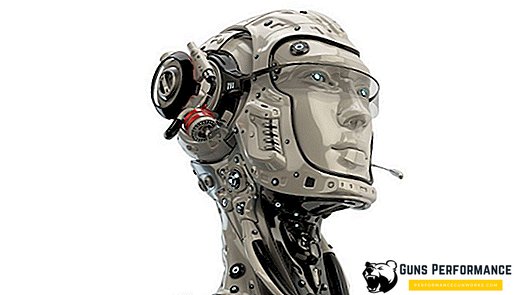Cephalopods - marine invertebrates, such as octopus, squid and cuttlefish - are unique for several reasons, one of which is their ability to change the color and shape of their body in a matter of seconds.
A group of scientists led by Robert Shepard, an associate professor at the Sibley School of Mechanical and Aerospace Engineering, has learned to use the ability of cephalopods to transform flat surfaces into three-dimensional ones. Such an action can be done at any time.

Shepard admires octopuses and their abilities to such an extent that they have installed a special aquarium capable of holding the above creature. According to Robert himself, he did this in order to further carry out various studies and observe the animal's capabilities to change the color and shape of his body. This step is important because the results of scientific work will be used in the field of robotics.
"There are many complex ways that will help change the appearance of the robotic technology, but our task is to make this process easier," said the researcher.
The goal is this: to manage to inflate the body, like a balloon in any desired form.
"If you want to take a round ball and transform its appearance into a square, it will be quite difficult to do. The problem lies in the materials and the correct technique. How can you transform the appearance of the material to your taste?", Says one of Shepard's assistants.
Shepard and his team were able to create something similar using bio-development and correctly applied knowledge in the field of mathematics. They named their development CCOARSE - Circumferentially Constrained and Radially Stretched Elastomer, which they soon patented. Shepard himself argues that the concept is quite simple.

Cephalopods are able to change their appearance and shape to merge with the environment. They do this thanks to the protrusions that appear due to muscle contraction. The work of researchers is to simulate such actions by combining two materials - a silicone elastomer and a fiber mesh, which was previously installed in it.
You can create such a device with the help of silicone, which is poured into a three-dimensional model of any shape and thickness. The previously mentioned mesh is placed on silicone. The following is the creation of a form using a special algorithm that can immediately recognize the final template.
Mesh silicone should soon be cooled, putting at room temperature, and then again pour the same silicone on top. This combination of two materials - silicone, which can be stretched, as well as an inextensible mesh, allows you to inflate the material in any desired form.
"To create a certain form, you need to calculate the angle of inclination at each point, as well as the tension force by adding or removing the grid," shares Ethan Cohen, Shepard's assistant and teacher at the College of Arts.
The teams found out that the calculations of CCOARSE were fairly accurate, and the inflatedness of the body reached a number of 10 percent of the calculations of the algorithm.
The development itself was funded by the Army Research Office (military research bureau) in order to create a completely new disguise system for the US military. It is possible that after some time we will see a completely new camouflage system, which will be produced for the elite special forces of the United States. Thanks to her, the range of their tasks can significantly expand, because to notice a fighter who has merged with the environment in this way is very, very difficult. According to Shepard himself, besides this goal, there are several others.

"You just imagine the possibility of transporting this material in the form of sheets, and the ability to inflate it later to get the necessary form. We have the idea to take a sheet of rubber and transport it complete with polyurethane foam, which hardens when applied. the right size, and then let it harden, so that it becomes like ordinary furniture, "- says Robert.
Future research will focus on trying to change the color as well as the texture, as well as creating clearer patterns with a laser.












